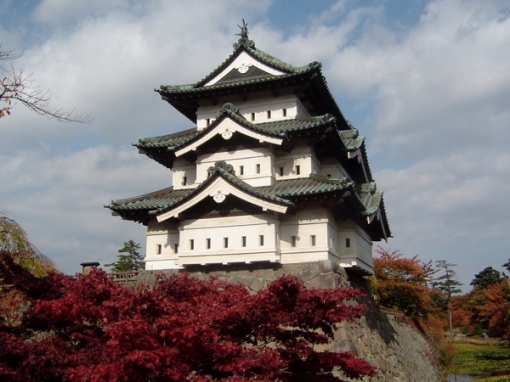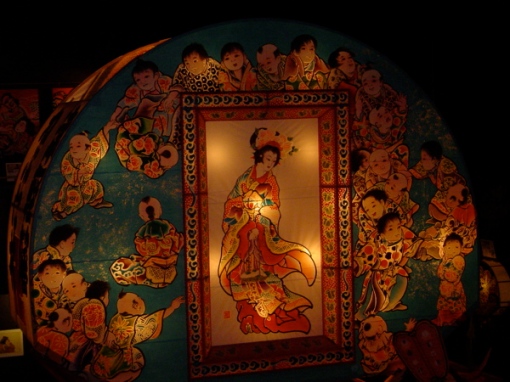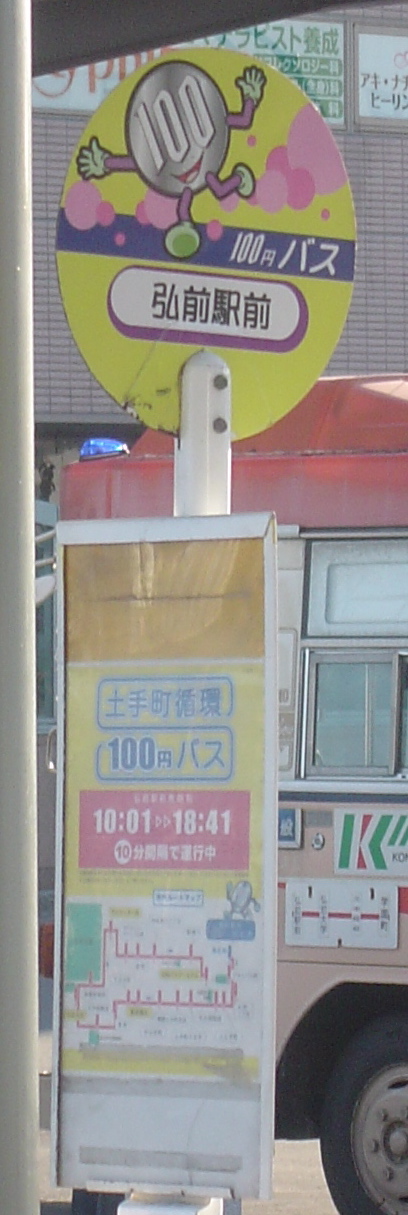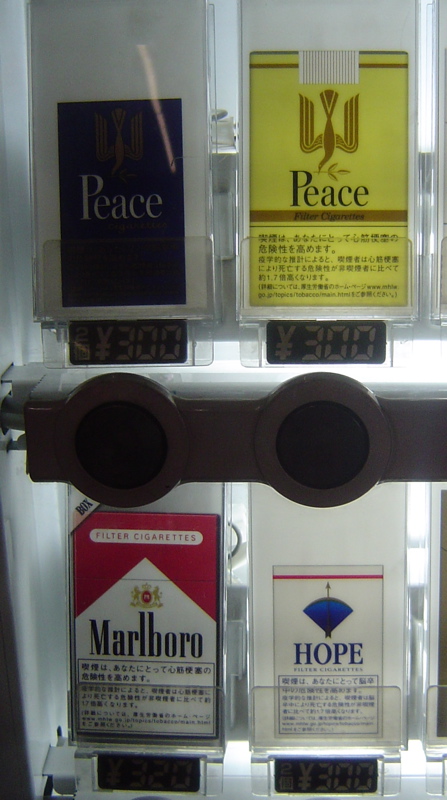After a long day of travel (by the time we schlepped our suitcases out of the Aoyame-Itchôme subway station around 10:30 p.m., we were ready to sleep in the street), we finally made it to Tokyo. Our day began with a traditional Japanese meal at the Inn at Lake Towada consisting of an egg and some bacon fried at each place setting, some soup, optional beer (we passed), various pickled things, and a piece of warm salmon. Cereal it was not, but still, we enjoyed.
Afterwards, we went for a quick walk around the lake and up a path leading to a Shinto shrine.


We met up with our group, a collection of conference attendees, and boarded a Konan bus for a quick ride into the woods, where we partook in a forty-minute soundwalk, featuring a low river, many streams and brooks, and a hanndful of waterfalls, all contrasted with the occasional tour bus rolling by along the parallel road and the sounds of nature (and footsteps). At lunch we enjoyed more meat grilled at the table, this time slices of yummy beef. Mmmmm.


We returned to Hirosaki (where I picked up a jacket I had left behind; you can lose anything in Japan and get it back. Last week I left my Lonely Planet on a bus – how cliché – only to pick it up the next day at the terminal), said some goodbyes, and hopped on yet another bus, bound for Aomori airport. We finally made it Tokyo pretty exhausted but excited to be in the heart of a megalopolis, as my old SimCity game would have called it.
This morning, for the first time since we arrived in Japan, we slept in, not leaving the hotel until after noon. We decided to take a brainless day, heading to the Ginza district to check out the expensive shops, and the Sony store. As some of you already know, Lisa recently found out she was selected as the recipient of a Sony fellowship, so we made a sort of pilgrimage to Sony HQ, where photographs of any kind were strictly prohibited – sadly. We captured this stealth image outside:

Inside – ah, inside! – was a gas. First we sampled the upcoming PlayStation 3 (Dave, had you been with us, you’d still be there). Then we watched “Full HD” TVs for a while, finally prying ourselves away into the noise-cancelling headphone section. We spent a good chunk of time playing with digital cameras, slowly realizing that our own Sony cam was woefully obsolete. More on that later. Finally, we headed across the street to a Ginza mall, opting to eschew Japanese fare for a meal. Instead, we enjoyed some First Kitchen burgers, which are supposed to be North American “regular” burgers. Only they come with, you know, a fried egg. Like me, you may have images of the Simpsons “Good Morning Burger” drifting in your mind – all that was missing was the stick of “rich creamery butter.” Lisa points out that the sandwich was as if a Quarter Pounder with Cheese mated with an Egg McMuffin. The burger was fantastic. And the fries, served with ketchup, mayo (two kinds), BBQ sauce and nacho cheese sauce, were divine. So good.

Afterwards, we stopped in at the Leica building to check out the small gallery of photographs exhibited there and headed to the Akihabara district, Tokyo’s electronics trading ground. At first we thought we were completely misled by our trusted (and constantly monitored) Lonely Planet. But, in an instant, we turned into an alleyway and realized we were on the edge of a high-tech flea market. We had identified two Sony cameras earlier that were worthy of some bargain-hunting, and thanks to the regulations concerning taxes and duty, we were not let down. After visiting a few shops, we decided on a camera and then ducked into an Apple store to price-check online. Firmly convinced that a great deal had presented itself, we bought a 10.1 megapixel (!) Sony DSC-N2 camera. Sayonara, poorly-lit, blurry photos!
Camera in hand, we hopped on the subway and headed for Roppongi.


Roppongi seems to be a gathering point for Tokyo’s wealthy twentysomethings. It’s full of international and Japanese restaurants, as well as plenty of bars and shops (not to mention touristy joints). We settled on a “Cuban” restaurant that seemed only to have Mexican and American dishes, but was still tasty. Afterwards, we checked out the Roppongi Hills complex, sort of a Westmount Square on Barry Bonds’s best steroids. It features several towers, a giant shopping plaza, a cinema, a museum and much more. We had some dessert and headed back for the hotel. Tomorrow we check out some museums and get back onto our all-Miso-soup-all-the-time Japanese diet. Meanwhile, some more photos…




















